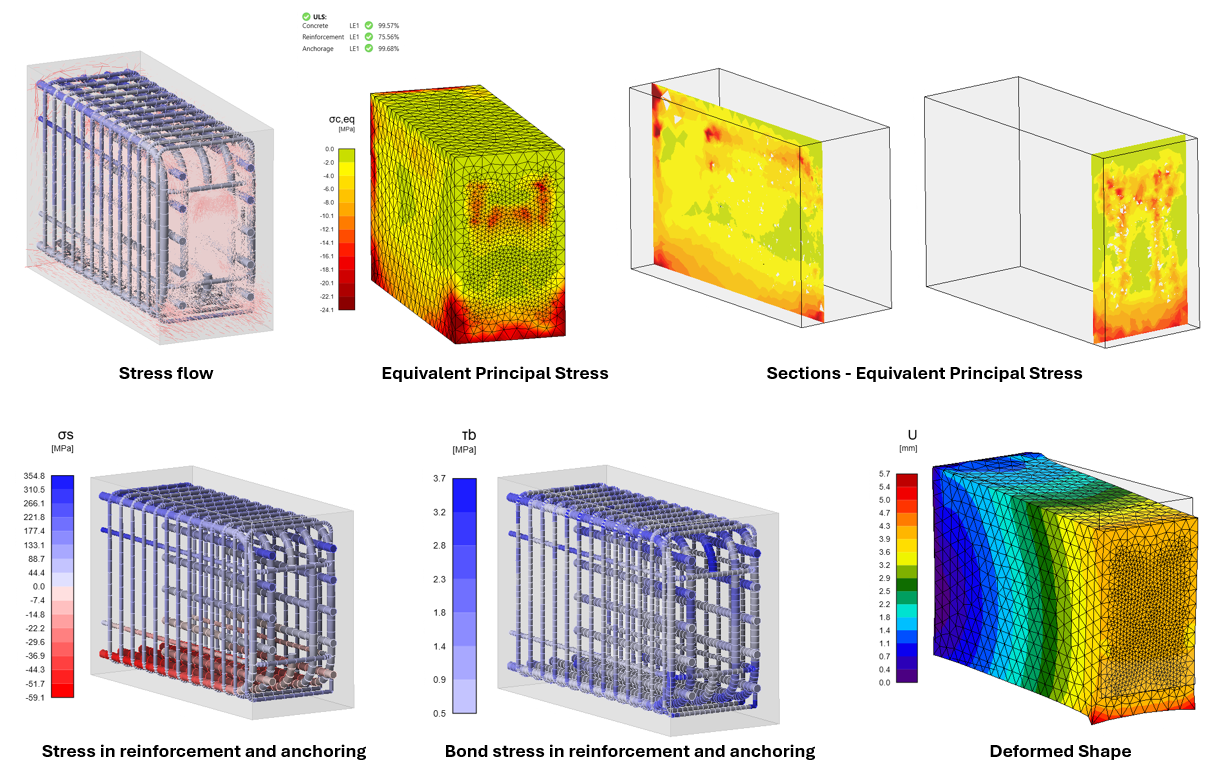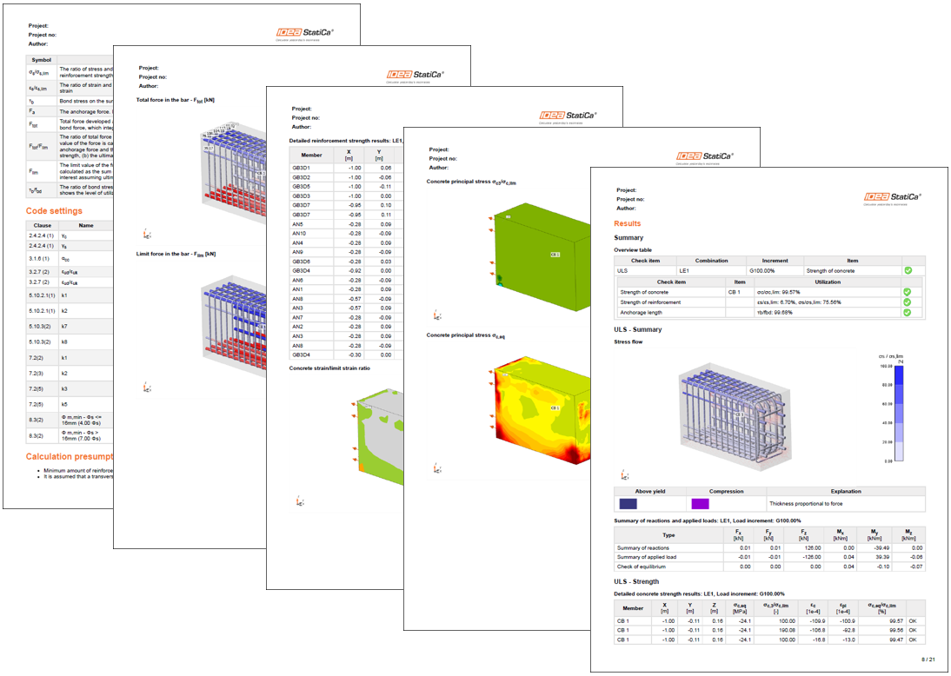Precast Beam Splice (Beam to Beam Connection)
The connection: Why is it considered, what are the common issues?
Reasons why this type of connection is used.
- Off-site manufacturing for high level of quality and optimize material usage and reduce wastage.
- Constructability and speed of installation (curing period for connection is not required on site).
- Improved safety on-site reducing the need for working at height.
- Flexibility in construction which allows for phased construction or adaptation to site-constraints.
- Cost-saving as falsework is not required during construction.
Common problems encountered when designing this connection.
- Absence of programs with the capability to design such connections leading to time-consuming manual calculation.
- Guess-work in design assumption leading to conservative design.
- Load transfer uncertainties due to discrepancies between design assumptions and real-world behavior.
- Design and code-check of anchoring not considering reinforcement which potentially lead to use oversized cross-sections.
Why use IDEA StatiCa?
IDEA StatiCa Connection application offers limitless capabilities for modeling intricate joint connections, and when combined with the Detail application, you will have a complete design tool that offers comprehensive solution for both steel and concrete design projects.
Modeling Strategy
By utilizing connection application, the approach to modeling this type of connection is to focus on one side of the joint where we have to consider the precast beam to be represented by a concrete block. The other side of the precast will be represented with a steel beam just for the sole purpose of applying the loads (as it is not possible to apply loads into a concrete block in connection application in the current version). As the joint connection is symmetrical, the distribution of the internal forces as well as the stresses to the plates would be the same on the opposite side represented by the steel beam, which can also be reviewed by switching to analyze the concrete block on the other side.
Design of the connection
In IDEA StatiCa, the joint connection can be evaluated with various design standards such as Eurocode and ACI. Connection application evaluates the steel part as well as the concrete block. Once code-check has been carried out, result summary can be viewed instantly as it is vividly displayed in the graphic window beside the model. However, the check for the concrete block part is considered unreinforced which could lead to some required verification such as concrete break-out resistance to be unsatisfactory.
Detail application is used for further evaluation of the anchoring by considering the applied concrete reinforcement from the design. In this application, all the loadings that are considered in the Connection application are automatically synchronized and the loads are correctly transferred to its intended path. So, gone are the uncertainties and guesswork as to whether this type of joint connection has been correctly realized or not, because aside from having the confidence of the correct load transfer in the analysis, the graphic results from the code-check enables us structural engineers to review the stress flow; the equivalent principal stresses of concrete that can also be cut in various sections; the stresses in reinforcement and anchoring; the bond stress in the anchors and reinforcement; and the deformed shape of the structure, to verify that the structure is behaving accordingly as intended to behave.
Documentation of results
Most importantly, structural report complete with detailed calculation and colorful visualization can be generated and is customizable to specific requirements which significantly assist when reviewed by authorities and/or checking agencies.
Summary
Using IDEA Statica, the common pain points that structural engineers encountered when designing this type of connection are mitigated. Due to its advanced capabilities in analyzing and designing connections and structural components with precision and efficiency, you will no longer have uncertainties whether the load transfer has been correctly realized and if the reinforcement in the area of splice is sufficient. As a result, IDEA StatoCa reduces the time spent on calculations and provides a safer and optimized solution verified according to standards.
Photo Source:








